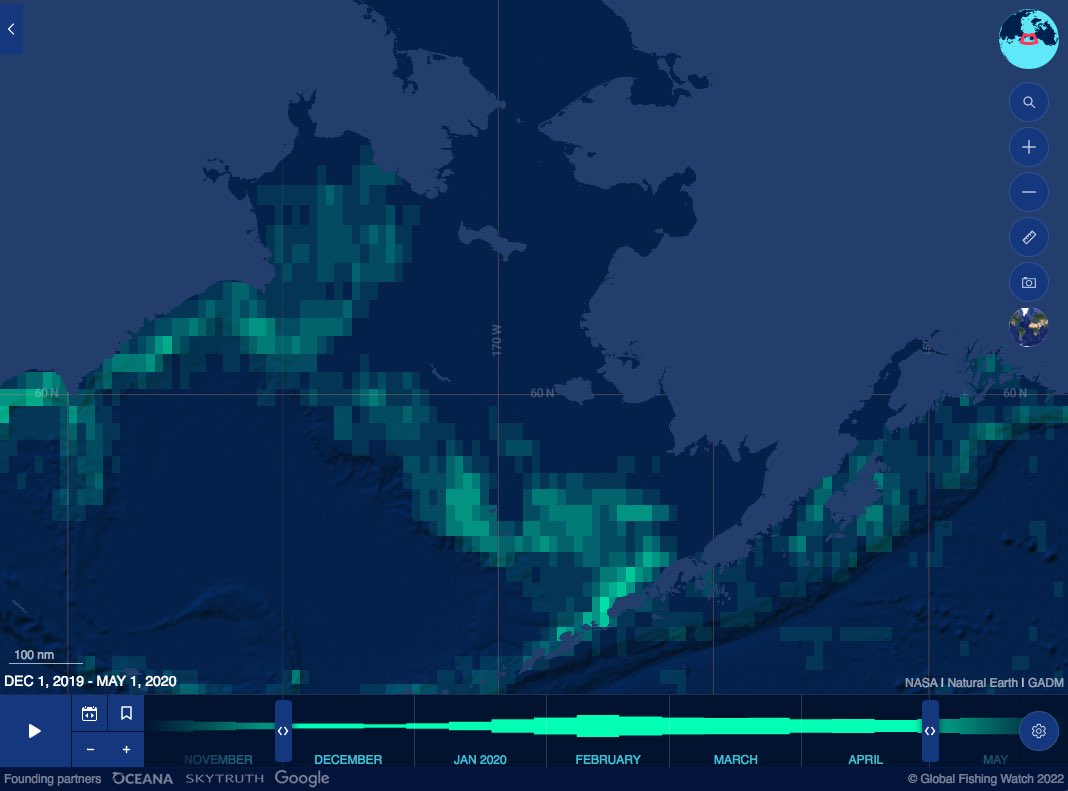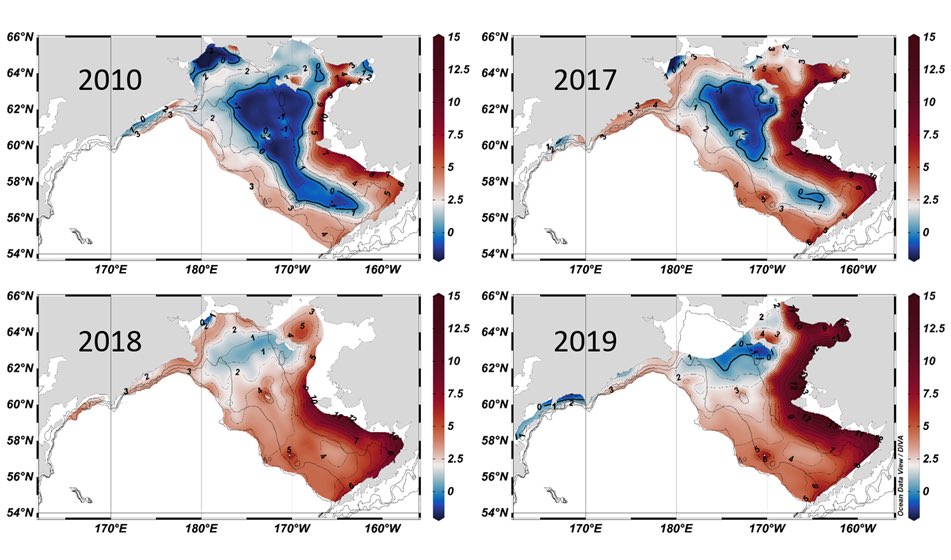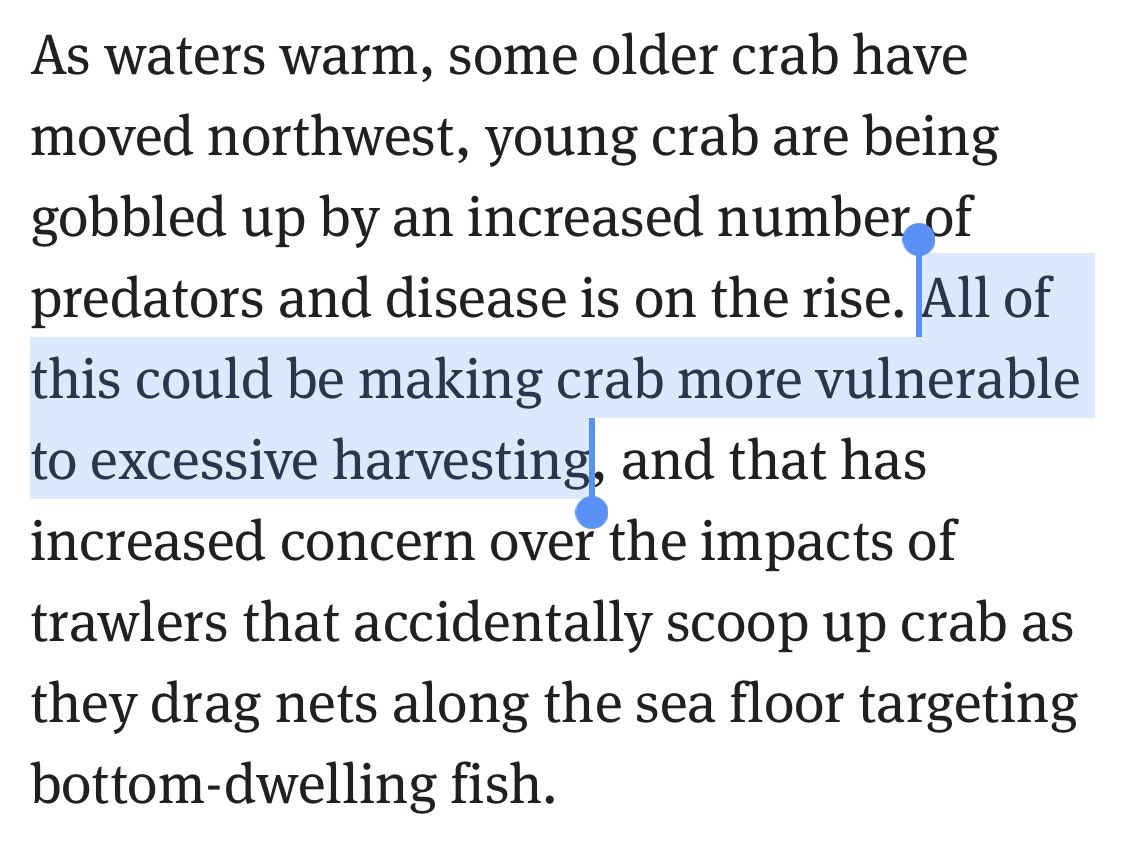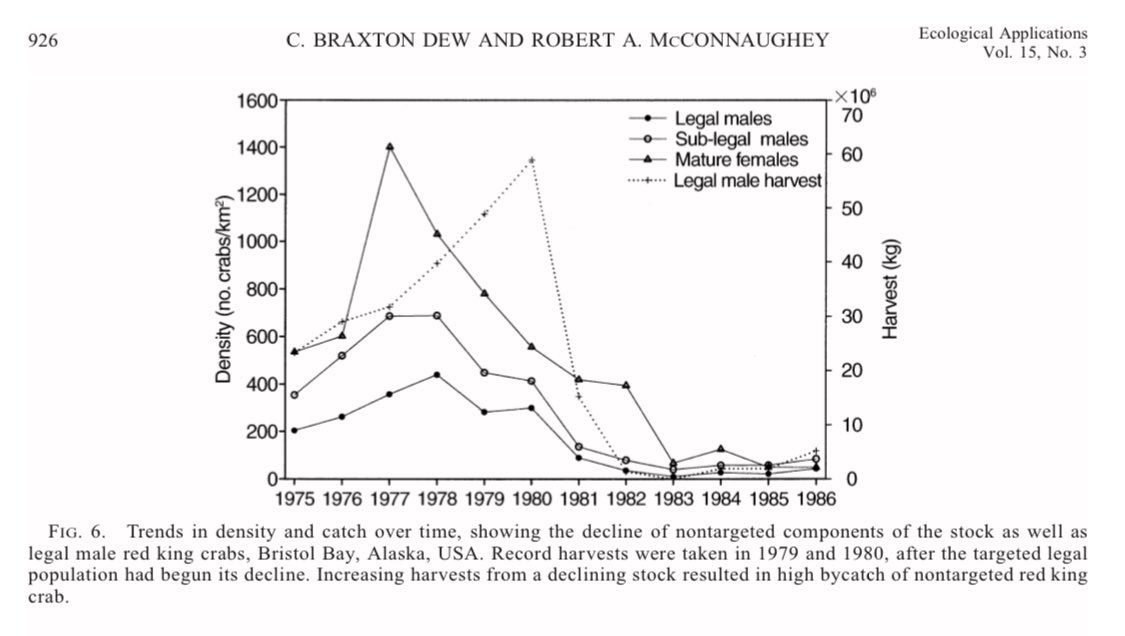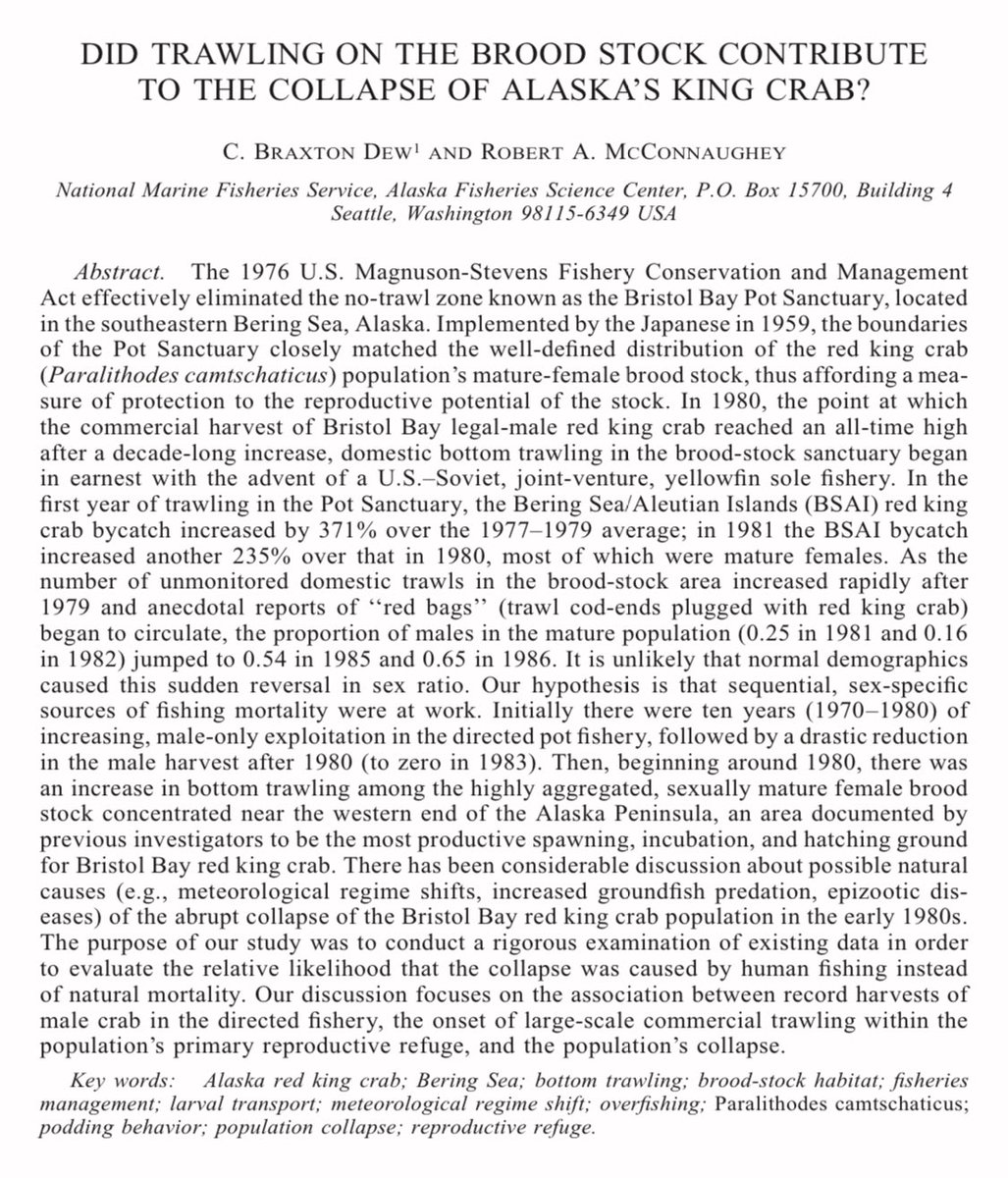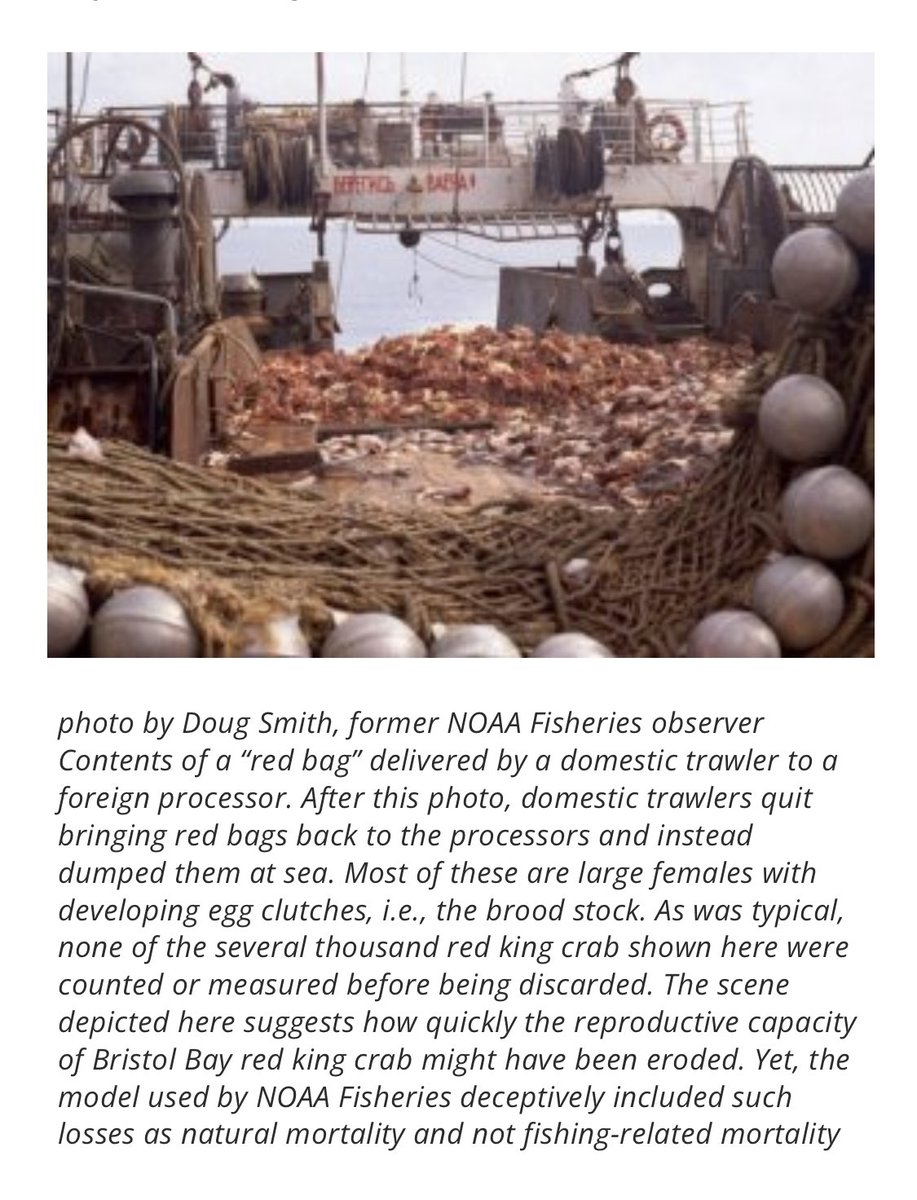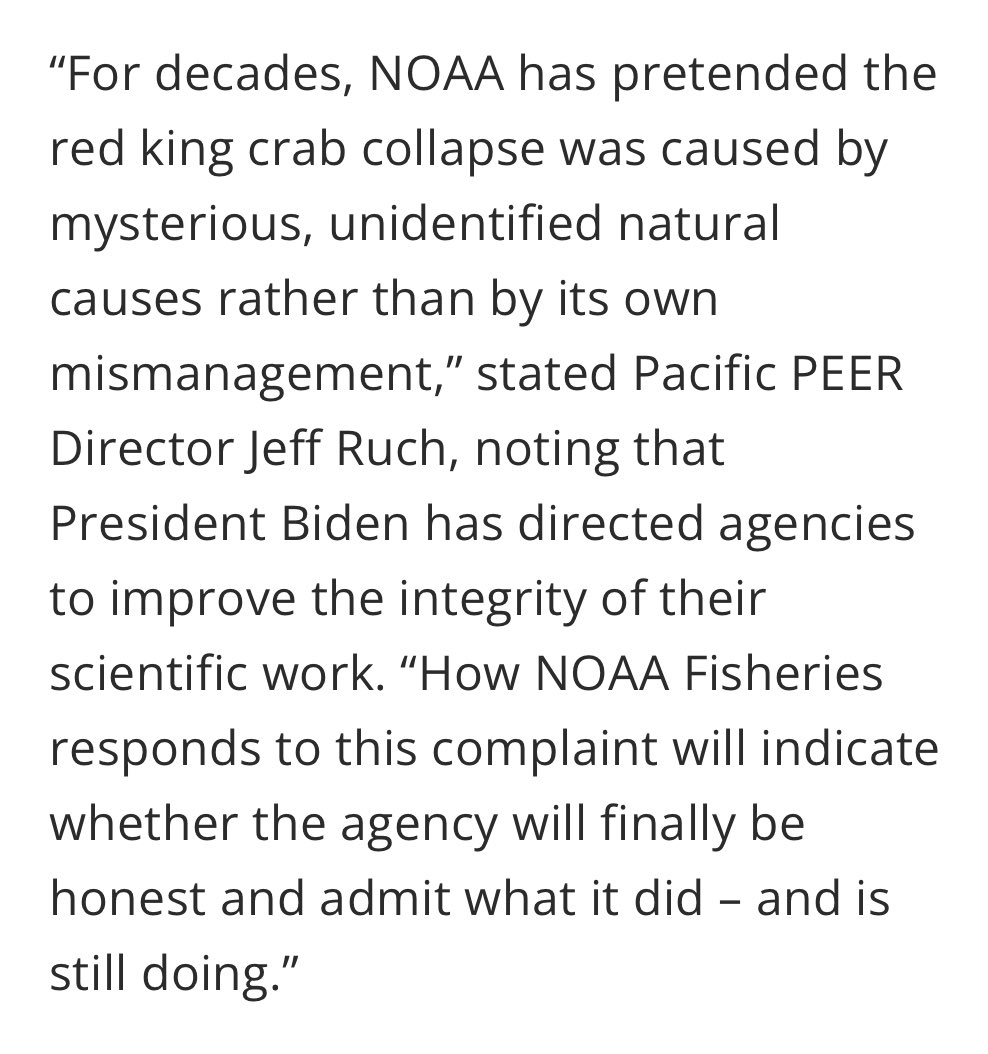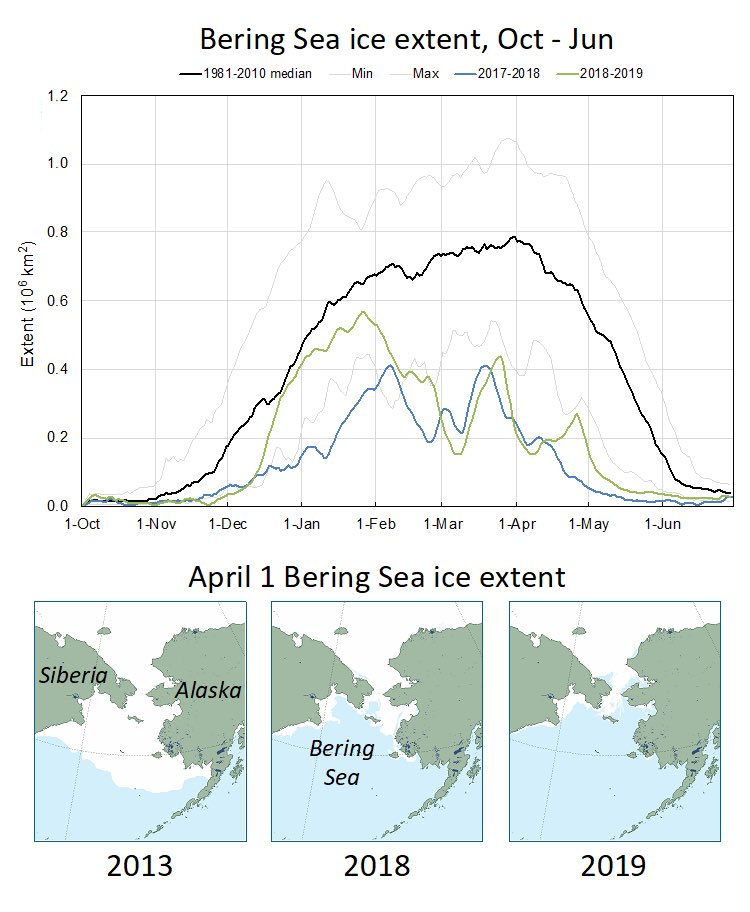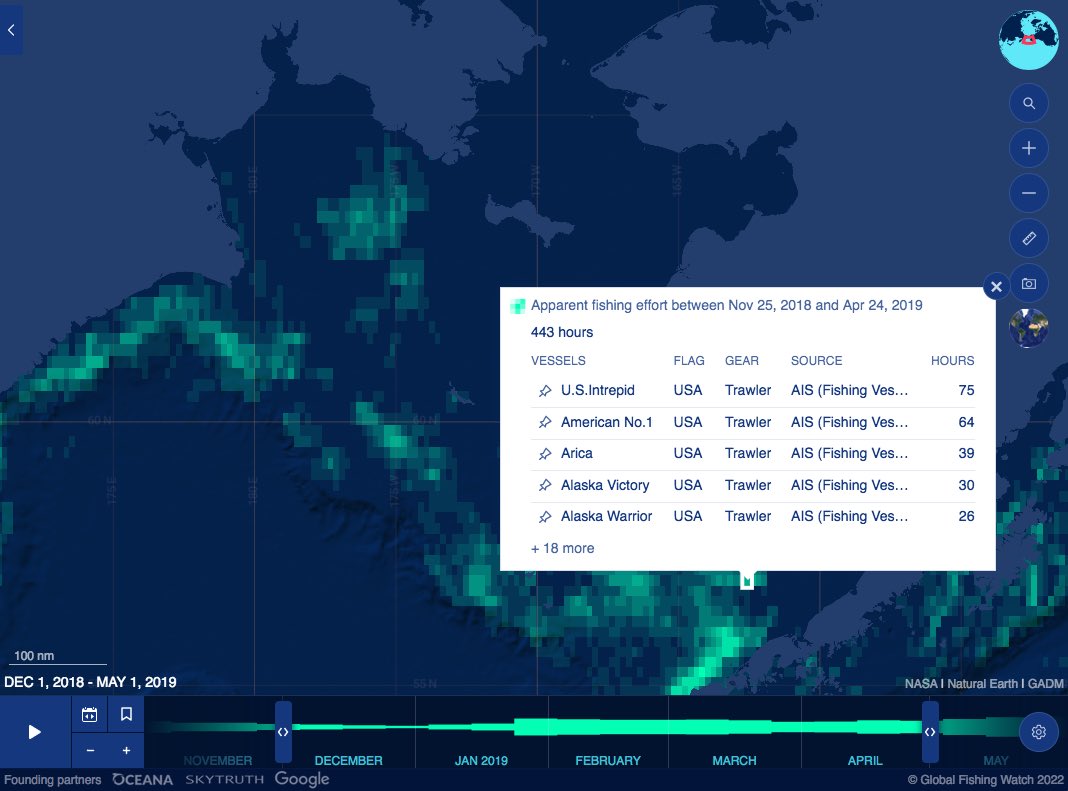
spencer 🦈
@Unpop_Science
science writer @thenation, @theintercept, @wired; ecologist @MiamiRosenstiel; electronic rock musician @/insta: innerspaceofficial, UPLYNC__; Ⓥ🌹
03-02-2019 16:24:36
11,6K Tweets
12,7K Followers
2,3K Following








Geotransmitter data compiled by Global Fishing Watch indicate fishing vessels took advantage of the contracting sea ice. On the left is winter & spring fishing in 2013, a more normal ice year. On the right is the same season in 2020, during the sea ice lows.
globalfishingwatch.org/map/?latitude=…
